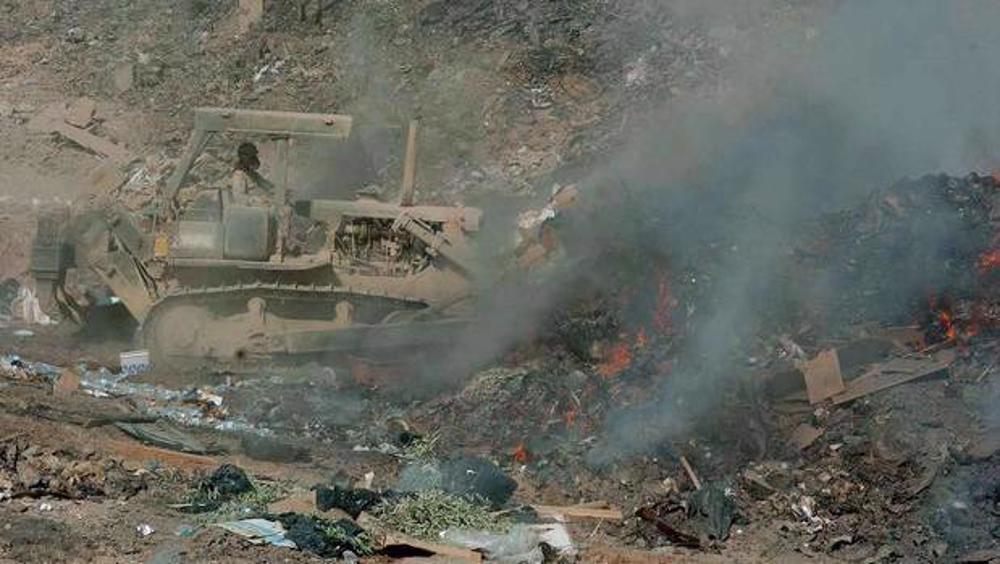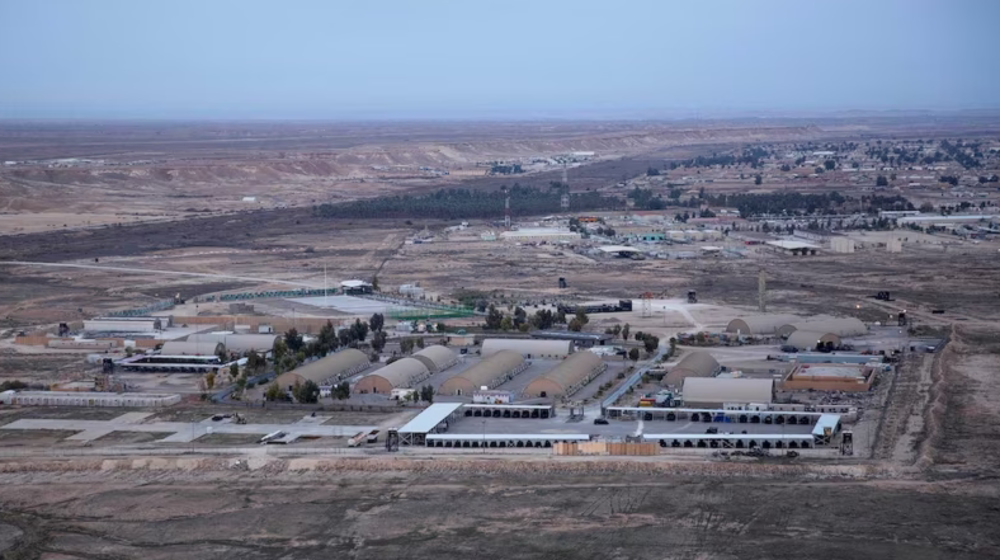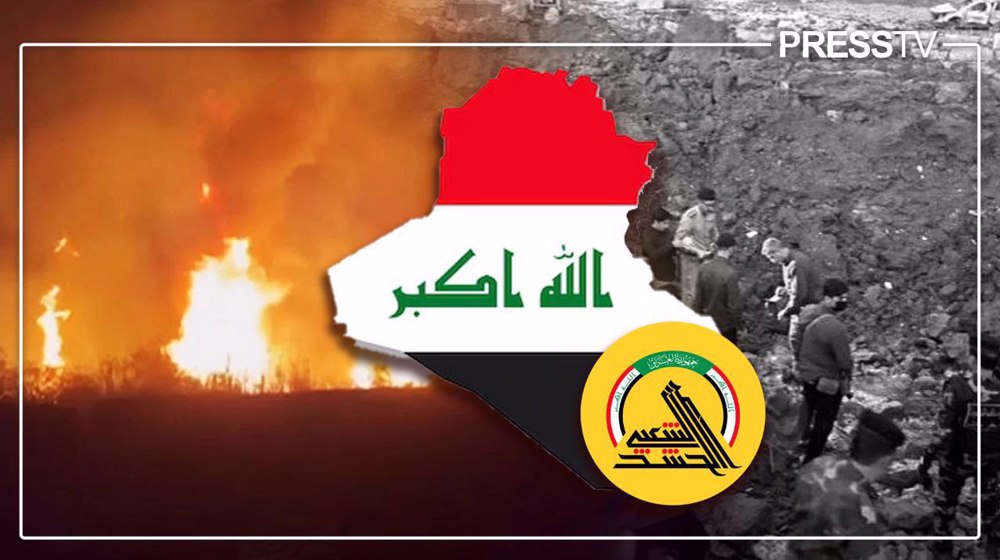US military veiled from troops foreseen toxic exposures in Iraq, Afghanistan wars: VA reveals
Soon after the 9/11 attacks, disease researchers at the Department of Veterans Affairs began internal discussions on how to prepare for the war-related illnesses they knew would follow, agency officials told McClatchy.
“There were lots of conversations about ‘we don’t know what to expect, but we expect there to be consequences’” for the service members who would deploy overseas in response to the 2001 attacks, Victoria Davey, an epidemiologist and associate chief research officer at the VA, told McClatchy in an exclusive interview.
“We expected there to be hazardous exposures,” she said.
The VA was trying to be proactive, after a general feeling among the researchers that it had not been ready to address toxic-exposure illnesses that troops developed after previous conflicts, Davey said.
“I think our major, major impulse was — not another Vietnam,” Davey said. “To not follow these people and to look forward and to expect consequences of service in the deployed environment.”
So the VA started tracking service members as military operations began in Afghanistan and eventually Iraq following the Sept. 11, 2001, attacks.
“We have had eyes on these populations, we have been collecting data since the conflicts began,” said Davey, who has been with the VA since before 9/11.
“I think the first features that we saw coming back were what was called the ‘Iraqi lung,’ the respiratory problems,” Davey said. “It’s complicated because it’s a sandstorm environment and in addition there’s just a lot of smoke, dust, solvent exposure in the military occupation of many kinds, and then we had these chemical, biological weapons worries going on.”
The revelation that the VA was concerned that some veterans would return home with illnesses, and that it has been collecting data on those service members since the Iraq and Afghanistan wars began, deeply angered veterans who have spent years trying to convince the agency their illnesses were linked to their service overseas.
Many of them have spent the last two decades being told by the VA that there was no known connection yet between their overseas deployments and their ailments, which has resulted in their claims for medical care or compensation being denied.
“This is an insult to know that the VA started planning for toxic exposure shortly after the planes hit the Twin Towers,” said retired Army Capt. Le Roy Torres, a reservist who deployed to Balad, Iraq, from 2007 to 2008 and now relies on supplemental oxygen to breathe. He had daily exposure to the military’s football field-sized open air trash burning pit at the base.
“It’s been over a decade for those deployed to Iraq, and the only conversations I have witnessed [with the VA] are regarding how we do not have enough science,” Torres said.
Both Davey and chief VA research officer Rachel Ramoni said the agency’s focus now is two-pronged: to identify what made the veterans ill and to improve their health situation now.
“Whether or not you know the reason for the symptoms doesn’t mean we can’t treat them,” Davey said.
As the 20th anniversary of the 9/11 attacks approaches, there’s been a growing momentum on Capitol Hill to provide remedy for veterans who became ill after serving overseas.
Some breathed air contaminated with ash and metal particulates from hundreds of burn pits across Afghanistan and Iraq, where the military incinerated human feces, ammunition, plastics and other toxins in massive fire trenches.
Some deployed to toxic bases such as Karshi-Khanabad, Uzbekistan, known as “K2.” A McClatchy investigation on K2 first exposed that “black goo” emerged from soil that was contaminated with radiation, chemical weapons and jet fuel.
“I’m hoping this will be the year of toxic exposure, at least the remedies to it, because I think we’ve reached a sort of critical mass of understanding and perhaps political support, a feeling that we have a moral imperative as well as a political reckoning here” to care for those veterans, Sen. Richard Blumenthal, D-Conn., told McClatchy in an interview.
It has become a generational issue, with some of the ill veterans fighting for change witnessing their younger family members serving in the military and facing the same toxins.
Retired Army Staff Sgt. Mark Jackson was 26 when he first deployed to K2 in 2003. He spent later deployments in Iraq and at Bagram Air Base in Afghanistan. He’s a cancer survivor who has recently undergone a series of tests to determine if cancer or something else is causing a severe degradation of his bone density.
“I remember the first time I ran around it and it was around dusk. And I remember people had told me how big the burn pit was, but I didn’t really prepare myself,” Jackson said of the Bagram burn pit. “It just looked like rivers of fire. Just this molten mass and of course this oily smoke rising up out of it.”
Jackson now has a son-in-law who is in the military and who recently returned from a deployment to Bagram.
“My son-in-law described it the same way. He described the ash that falls like snow but sticks to your skin, and the smell that you first taste, then feel in your lungs. And he’s 24,” Jackson said.
“I hope by the time he retires in 20 years that we’re not still talking about this, although I do hope that I am around to talk about something,” Jackson said.
Blumenthal and several other lawmakers have introduced legislation this year to improve care for ill veterans who served at toxic bases overseas. A rally on Capitol Hill is planned for April 13 with comedian Jon Stewart, who previously championed providing health care for firefighters and first responders exposed to toxins at the site of the collapsed World Trade Center. He is now pressuring Congress and the VA to make it easier for post-9/11 veterans to receive health care benefits for illnesses related to toxic exposure.
For some, it’s too late.
“I just lost my son, and I don’t want any more sons to be taken away,” Ludy Gilkison, mother of Marine Corps Sgt. Mark S. Villamac Ho, said through tears over the phone.
Ho had served as a firefighter in Iraq, where he was exposed to cancer-linked PFAS chemical compounds in the military’s firefighting foam and to burn pits.
Ho’s battle with multiple myeloma after he was diagnosed at age 38 was featured in McClatchy’s 2019 series “Stricken,” which reported skyrocketing rates of cancer treatments at VA hospitals.
“I got cancer because of my service in the military,” Ho told McClatchy in 2019. “There could be hundreds, thousands of veterans behind me getting cancer.”
Late last year, doctors found more tumors in Ho’s lungs and spine, Gilkison said. He had completed another round of radiation therapy when he contracted COVID-19. He was hospitalized and died Dec. 27 at age 41.
“If not for his cancer Mark could have really fought the COVID because Mark was so strong,” his mother said.
Ho had frequently helped other veterans navigate VA health care. He also advocated for the government to recognize how many of them were sick from toxic exposure.
He told Gilkison before he died that she had to keep being his voice, she said.
“I know he’s not going to be at peace until this thing is fixed,” she said.
Source: McClatchy.com
Israel intensifies strikes across Gaza on day 200 of genocidal war
China says US still interfering in its affairs despite efforts to stabilize relations
Russia says will intensify strikes on Western weapons storage in Ukraine
‘200 days of livestreamed genocide’: Netizens react as Gaza war marks 200 days
Confirmed: Iran’s star striker Mehdi Taremi joining Italian champions Inter Milan
Google fires more employees over anti-Israel protests
Iran set to build more nuclear power plants: AEOI chief
'Iran’s True Promise ushers in new era for region; strategic implications felt across globe'













 This makes it easy to access the Press TV website
This makes it easy to access the Press TV website